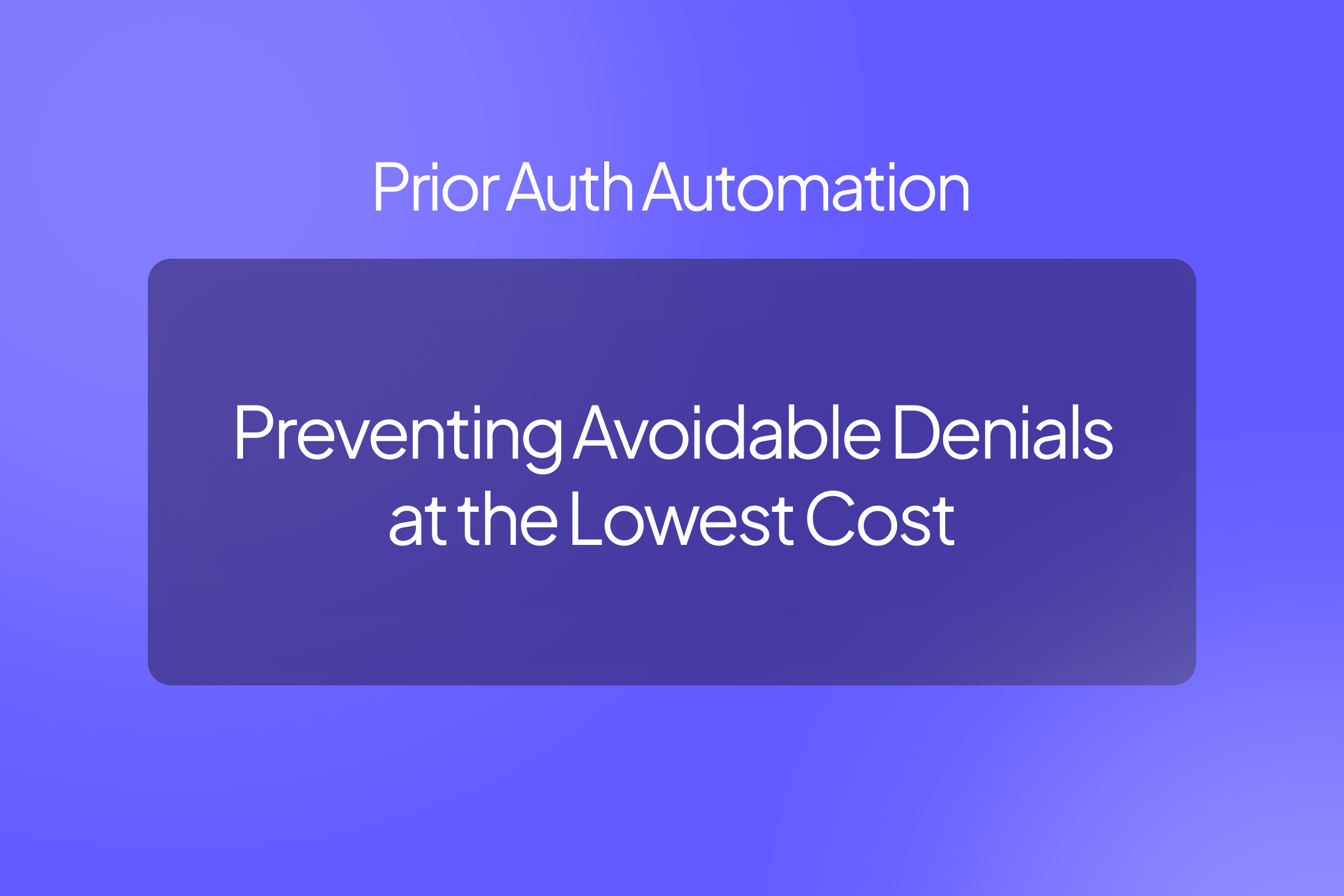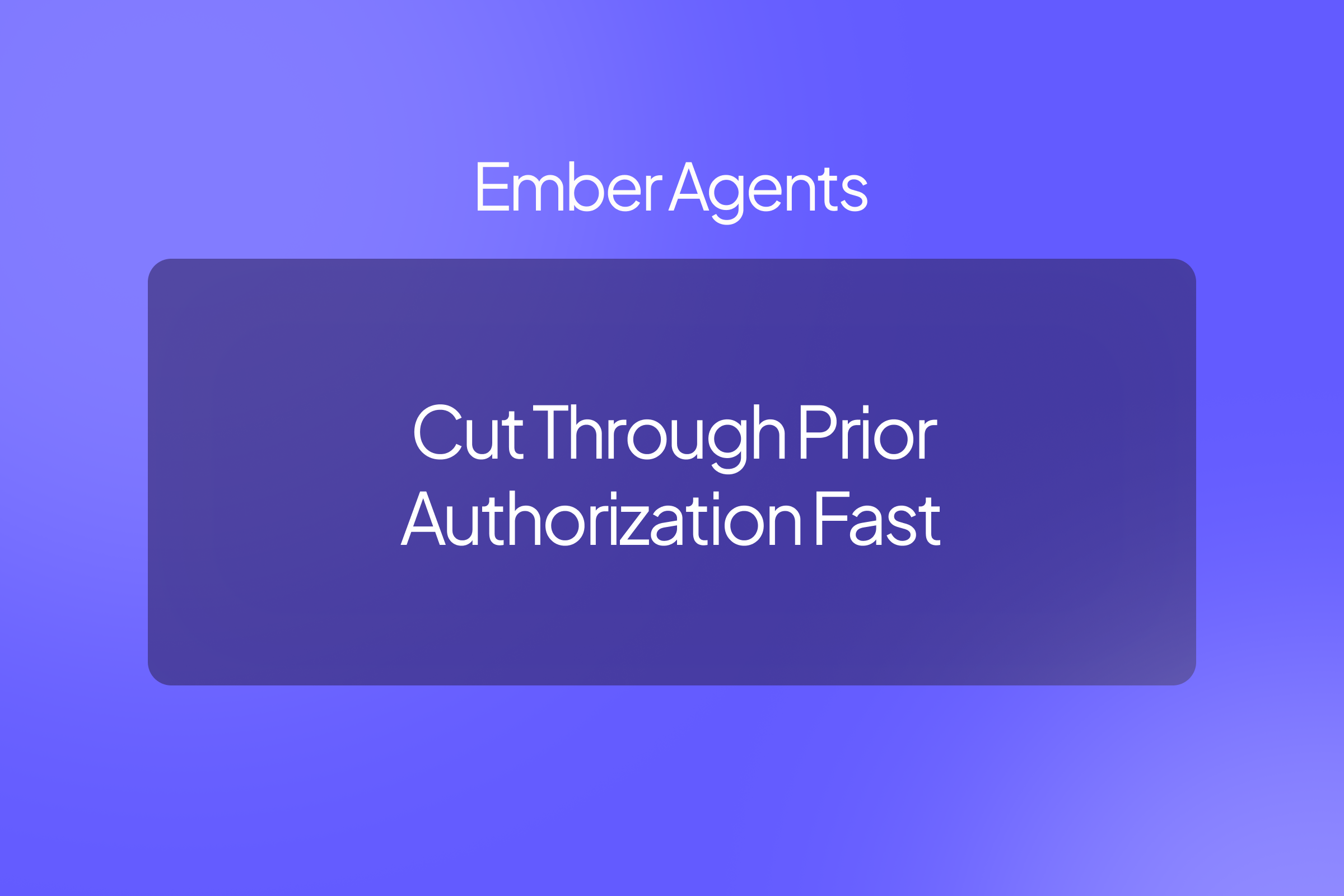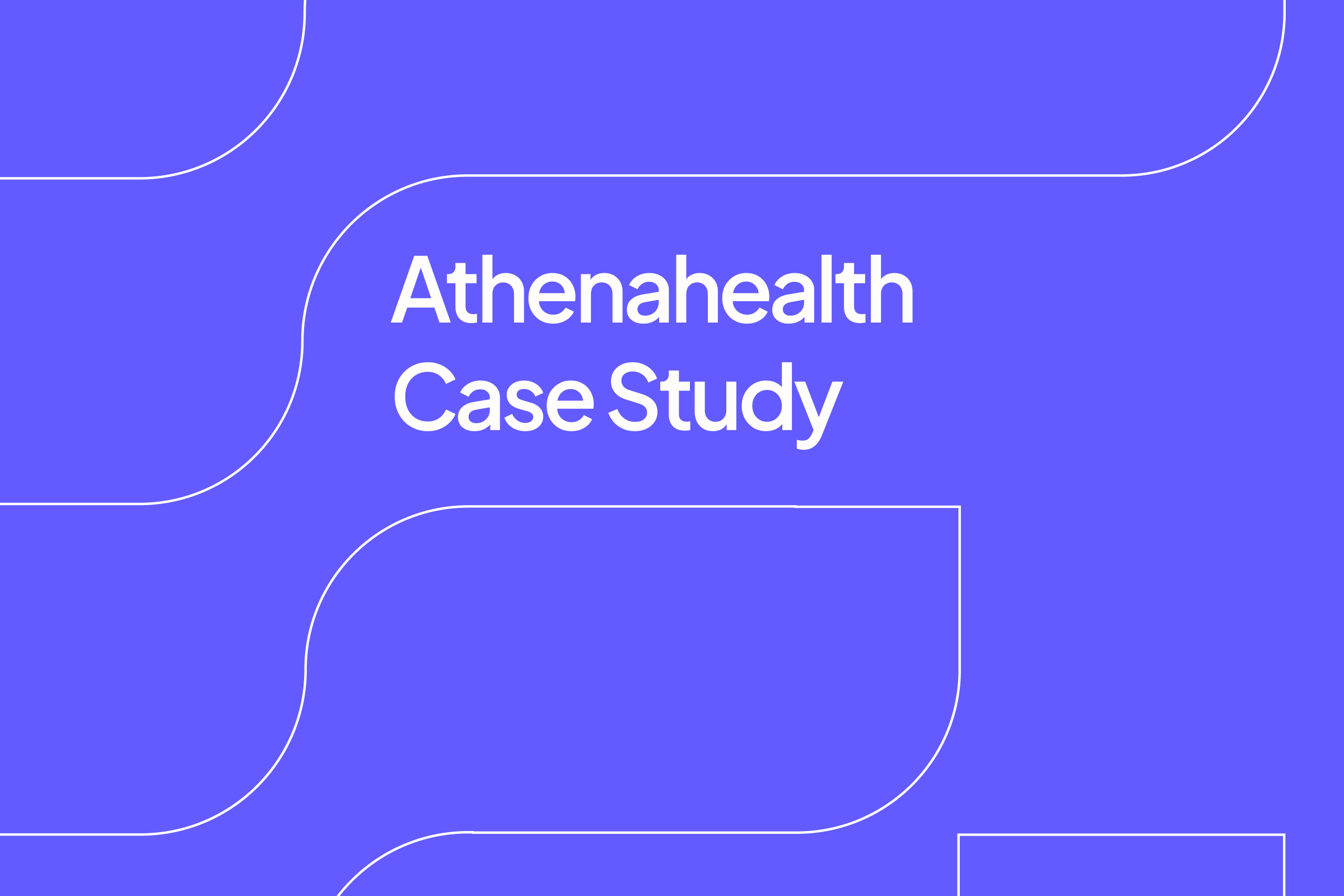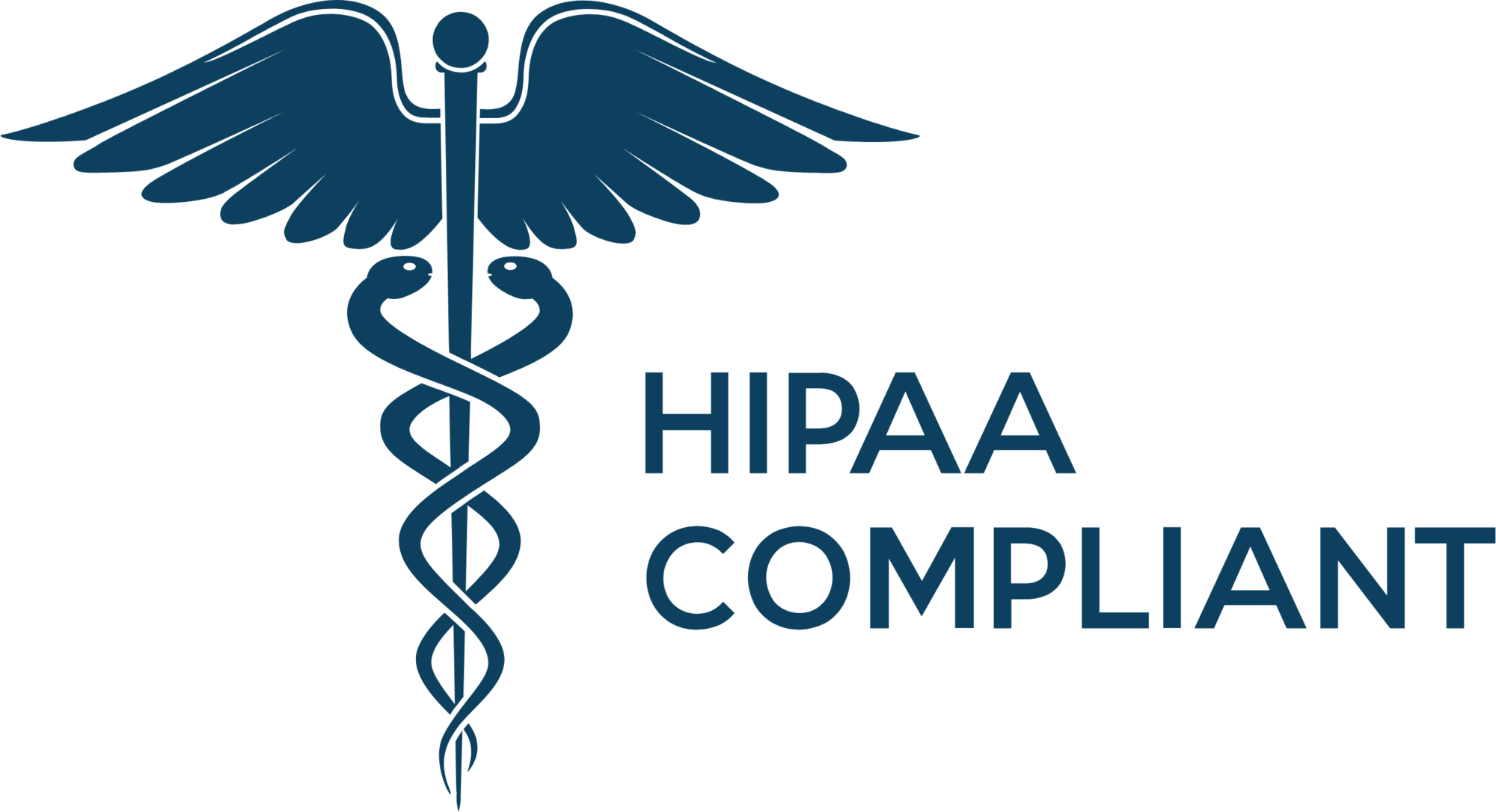
Prior Auth as a Lifecycle Investment: Preventing Avoidable Denials at the Lowest Cost
For health systems, prior authorization (PA) is often treated as a transactional task: get the approval, move on. But that approach misses the bigger opportunity — managing prior auth as a lifecycle investment that reduces avoidable denials, preserves revenue, and optimizes staff resources.
At Ember, we see PA not as an isolated step in the revenue cycle, but as an ongoing process that benefits from proactive planning, automation, and specialty-specific guardrails. A recent conversation with a revenue cycle leader underscored just how costly it can be to treat PA as a reactive chore, and how organizations can shift toward a more strategic model.
New vs. Ongoing Care: Why Expiry Forecasting Matters
For many organizations, the risk isn't just in securing an initial authorization — it’s in keeping it valid. Ongoing care, such as allergy immunotherapy or multi-year treatment plans, often comes with policy nuances that can derail payment if overlooked:
- Auth expirations: Patients mid-treatment can fall out of coverage if the PA lapses. Proactive forecasting allows teams to flag upcoming expirations well before they disrupt care.
- Evidence collection: Proactively gathering clinical documentation ahead of renewal deadlines avoids last-minute scrambles and incomplete submissions.
- Patient nudges: Automated reminders prompting patients to schedule visits or complete required tests keep the renewal process moving without manual call burdens.
By shifting from reactive renewals to ongoing monitoring, health systems can prevent downstream denials — at a fraction of the cost it takes to rework them.
Specialty Nuance: Codifying Rules into Guardrails
Specialties like allergy and orthopedics illustrate how denial risk isn’t just about generic medical necessity criteria — it’s about the micro rules baked into payer policy:
- Allergy therapy frequency limits: Billing six months of injections in one claim may feel patient-friendly, but it’s almost guaranteed to trigger denials.
- Year 1 / Year 2 rules: Payers often require different billing structures in subsequent years of care, and these changes may not be clearly published.
- Unannounced policy shifts: When payers adjust maximum allowed units without notice, retroactive denials can pile up fast.
Embedding these nuances into rules engines and claim edits — rather than relying on staff memory — ensures compliance at scale. For example, automatically flagging when Year 2 billing rules apply removes the guesswork and reduces reliance on tribal knowledge.
Staffing Trade-offs: Automation vs. FTE Redeployment
Many leaders face the same question: Where do we start automating, and is it worth more than hiring another human?
In legacy EHR environments like NextGen or Cerner, automation can feel out of reach — but the right “sit-on-top” tools make targeted wins possible without replacing core systems. These tools can:
- Pre-validate claims against payer policy before submission
- Bulk-update similar denials to avoid one-by-one rework
- Auto-track PA expiration dates and send alerts to staff and patients
The real value comes when automation frees existing FTEs for high-touch tasks like complex case management or provider education, rather than basic status checks and repetitive data entry.
Measuring Success: Beyond the Denial Rate
To know if PA is truly functioning as a lifecycle investment, measure both direct and indirect wins:
- Prevented denials — How many claims would have been denied without proactive intervention?
- Rework hours avoided — Time saved on appeals, rebilling, and claim corrections.
- Auth turnaround time — From request submission to payer decision.
- Leakage prevention — How many patients stayed in-network and on-treatment due to timely PA renewals?
These metrics not only demonstrate ROI but also guide where to invest in further process improvement.
The Bottom Line
Treating prior auth as a one-and-done task keeps health systems stuck in a cycle of preventable denials, revenue leakage, and staff burnout. By managing PA as a lifecycle — with expiry forecasting, specialty-specific guardrails, smart automation, and performance tracking — health systems can prevent denials at the lowest possible cost.
At Ember, we help organizations operationalize these strategies, delivering technology and expertise that fit seamlessly on top of existing systems, no matter how entrenched they are. Because in revenue integrity, the cheapest denial is the one that never happens.
Lynn Hsing is a recognized leader in healthcare marketing. Having worked closely with health systems and providers, Lynn brings a nuanced understanding of the challenges they face — from administrative burden and claim denials to reimbursement delays and staff shortages. This firsthand insight has shaped Lynn’s ability to translate complex AI solutions into meaningful value for healthcare organizations.








